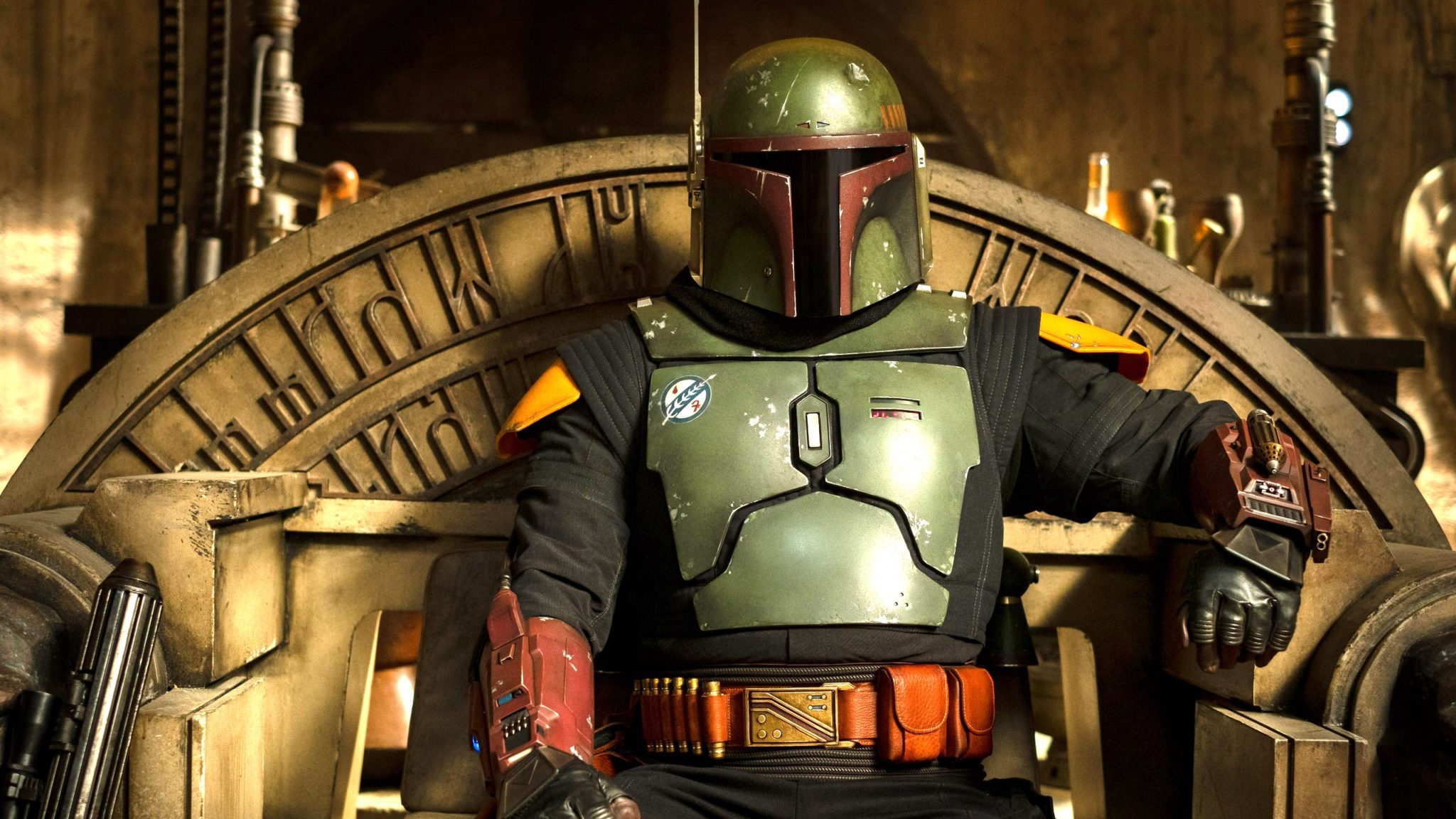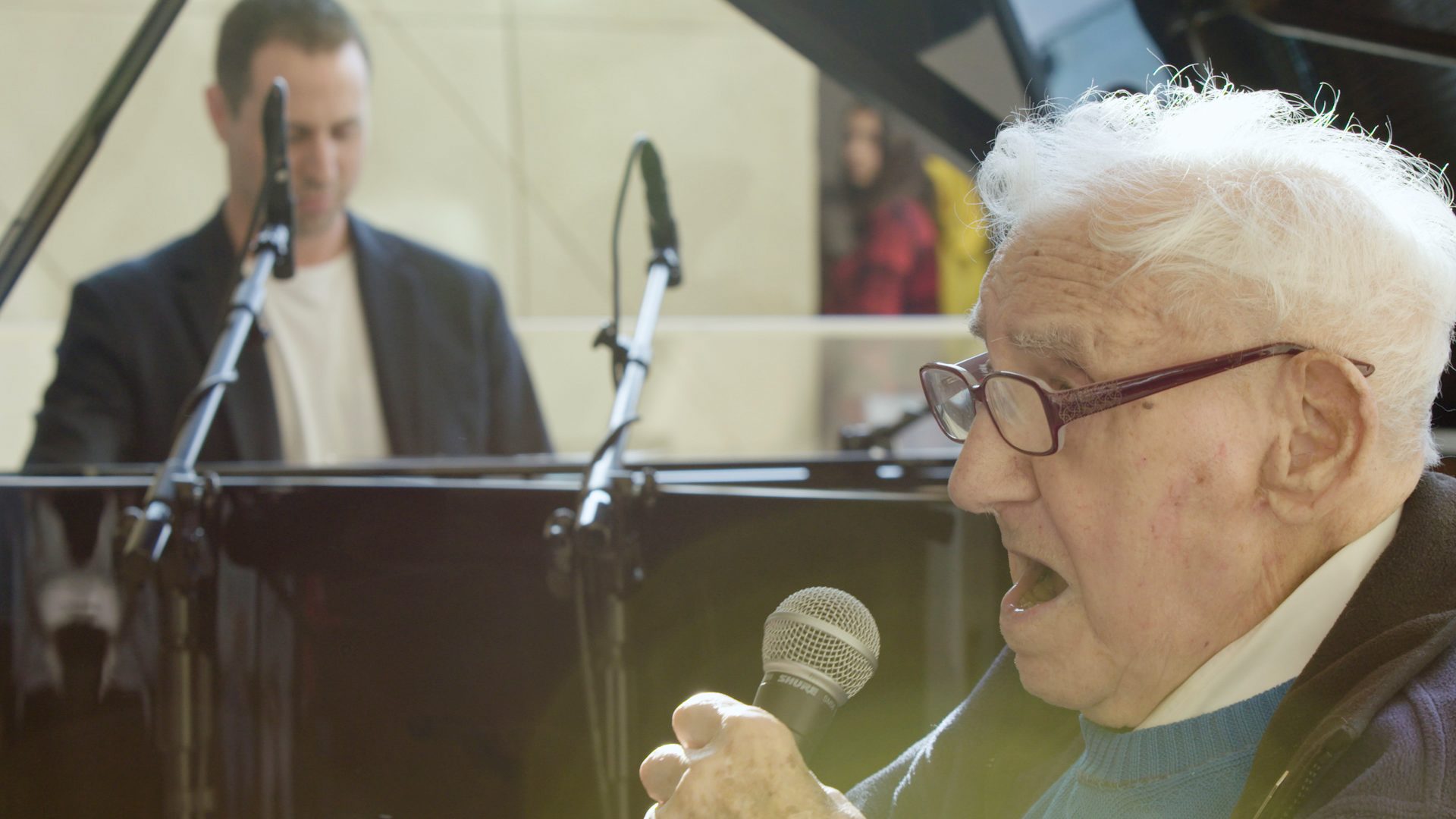
You simply don?t ignore a phone call from Tom Hanks.
As the director of the latest WWII epic, Greyhound, Aaron Schneider was thrilled to have the opportunity to work with Tom Hanks in bringing the story to life. Featuring a screenplay written by Hanks himself, Greyhound transports the viewer back to February 1942 and follows the journey of U.S. Navy Cmdr. Ernest Krause (Hanks). For his first war-time command, Krause is assigned to lead an Allied convoy across the Atlantic during World War II. Forced to travel without air support across the area known as the ?Black Pit?, his convoy is suddenly pursued by German U-boats. Despite his anxiety about the situation, Krause must remain steadfast and committed to his crew if he is to successfully lead his convoy across the Atlantic to safety.
While he was thrilled to partner with Hanks on the project, the primary appeal of the film to Schneider was the opportunity to help the iconic actor bring his passion project to reality.
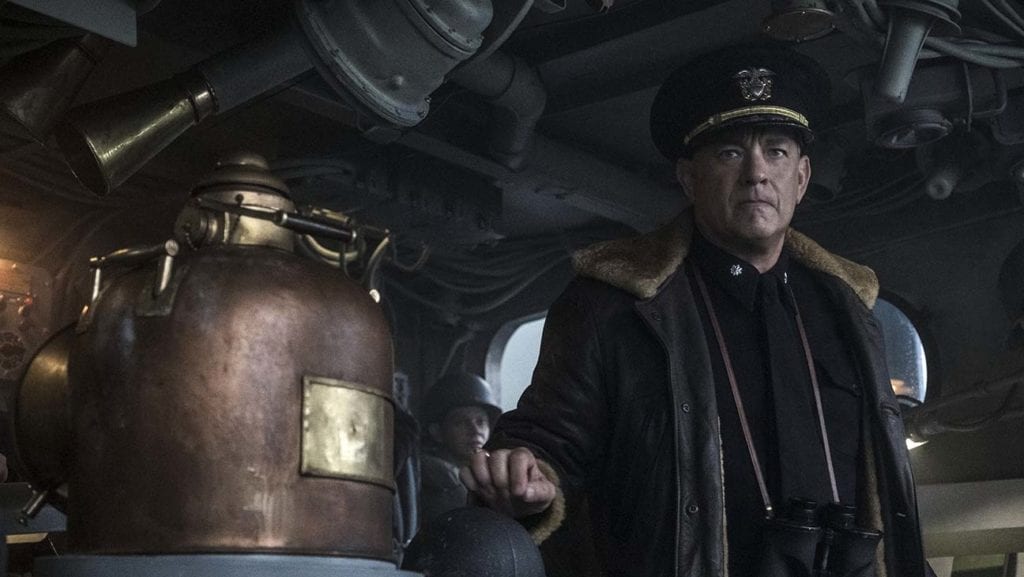
?[When] you get a hold of a Tom Hanks-starring WWII script, the filmmaker in you gets excited right away,? he admits. ?But what really drew me in was that Tom had written it, not just the novelty of that [either]. I had made a short film early in my career, called Two Soldiers? It was fun and a little scary, but it’s what I wanted to do. It turned out great! We were honored with an Oscar for our effort and it was the beginning of my director’s career.?
?When you’re inside of it though, you don’t know any of that. All you know is that you’re trying something new. So, when I saw Tom’s name as screenwriter, my first thought was, ‘Oh my gosh, Tom Hanks is a big movie star and yes, he’s done it all. But I wonder if this is something new and a little scary and a little challenging for him, the way my film was.? How cool would that be? That I could sort of help out a filmmaker like Tom with something that’s personal [and] new to him. Just the idea of helping a filmmaker do something different sounded like even more fun than just making a movie with Tom. That’s what it turned out to be. It was a passion project [that] he’d been sort of secretly building behind the scenes over time, when the mood struck him. He finally debuted it and here it was falling into my lap. So, that was very exciting and that’s what drove me.?
Based on C.S. Forrester?s classic book, The Good Shepherd, Greyhound may not be a true story but it is based on actual events. In his research and preparation for the film, Schneider was amazed by the stories that he heard and sought to be as historically accuracy as possible.
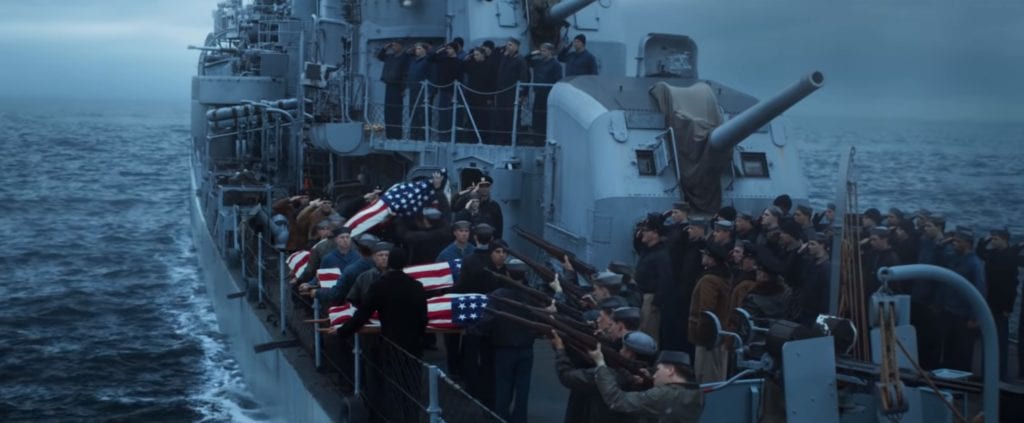
?I’ve read [that] some people kind of wish it was true story, as if somehow that would affect their enjoyment of the film,? he muses. ?The truth of the matter is that I started doing lots of research when I came on the project. One of the first things I began to learn is that every ship in that convoy and Naval engagement is based on an actual event. There’s a story out there about [the drive-by of the sub] happening and the guns not being able to tilt down far enough. In the real-life story, men even started picking up Coca-Cola bottles and potatoes and throwing them at the sub. As it turned out, somebody recalling the event said that the Germans thought the potatoes were grenades and it kept them from manning their guns. One of the destroyers in Greyhound had a history too. I was doing historical research and sure enough, I said, ‘Oh, my goodness, C.S. Forrester has basically borrowed the history of this real-life destroyer in terms of giving it its backstory in the book. So, it’s a fictionalized story and a fictional character that uses many of the many real-life events and stories from actual battles as a foundation.?
Though Hanks? career has brought him to WWII on several occasions, this was Schneider?s first attempt at re-creating this period of history. Asked if there was anything in particular that he learned from the experience, Schneider says that the most meaningful aspect was seeing for himself the level of hard work and sacrifice that was required from those who served.
?It was a crash course. You look back at the heroes of WWII, and you already know that they sacrificed,? Schneider points out. ?You already honor the heroism. But it isn’t until you get inside of it, research it and your job is to dramatize what made that job so hard to do. It took all those things, the difficulties, the hardships, the challenges, the talent that it took, the commitment, it took just to do the job, let alone win the war. So, I’d say that was probably the biggest lesson for me is submersing myself in this tin can, this ship, learning how it works and learning all of its moving parts and how they had to work together to succeed. That was probably the most meaningful lesson to me because it wasn’t easy work. It was hard enough to risk your life, but the job itself was such a challenge, it makes it that much more heroic.?
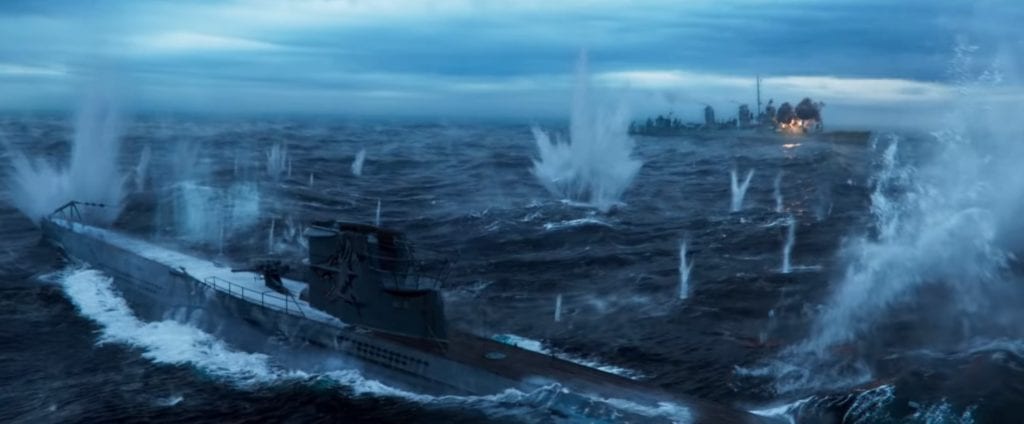
To bring history to life, special effects and sound mixing are always essential to create the proper atmosphere for the audience. By developing a balance between the whizzing of bullets, crashing waves and (at times) muted dialogue, Greyhound becomes a visceral experience for the viewer. In doing so, Schneider explains that the process helps the viewer focus their perspective on the film?s most important narrative aspects.
?The challenge for the filmmakers at any point in time is that it’s about point of view,? Schneider explains. ?You can tell a story based on focusing on one point of view over another. There’s that great moment in the Normandy beach landing in Saving Private Ryan, where a shell goes off near Tom’s character and it blows it ears out for a moment, right?… As [his] ears ring, Tom looks around and he’s taking in all these chaotic horrific things going on around him and then boom, a shell lands and jerks you out of it.?
?That’s a great example of how both the camera and the sound can have a point of view in terms of what you’re focusing the audience on. This was a big challenge in Greyhound as well. The movie kind of sticks to Krause’s shoulder [and] his point of view and experiences. He’s our conduit. He’s our ?way in? to everything… The goal in sound design, I think, is always to make sure that the sound design helps support the point of view of what the character is experiencing. Sound design is trying to adhere to the same subjective point of view that the camera is or that the story is. Then, that boils down to balance and what you choose to bring to the foreground and what you choose to push to the background.?
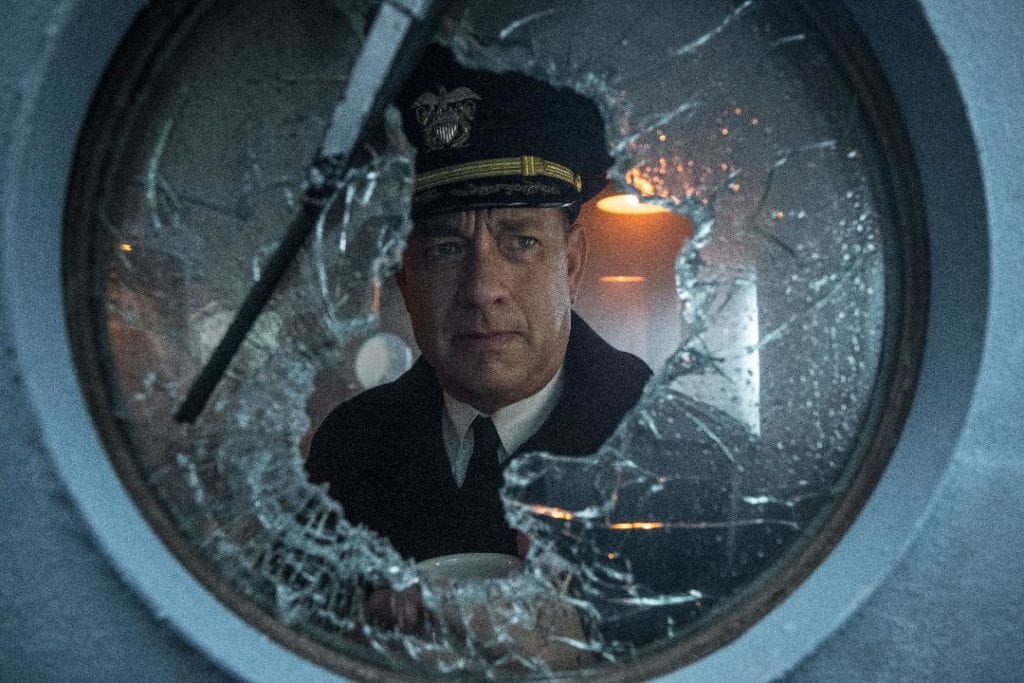
In fact, point of view is essential to Greyhound. By following Krause?s character, the film offers a unique perspective on the battle that gives a personal feeling to the action.
?From the very beginning, Tom described this as the perfect 90-minute procedural,? Schneider explains. ?He wanted it to be a rip-roaring, experiential event for the viewer. He wanted to honor and dramatize the experience of the Battle of Atlantic by dropping you off over Krause’s shoulder, without giving you anything to hold on to, and force you to follow him, move through his experiences and, in some case, without a full understanding of where you are and how things work. Over time, you would engage with the film, educate yourself, acquaint yourself, get yourself more comfortable, exactly the kind of experience you’d have if I beamed you aboard the USS Keeling, and you found yourself in a foreign world in the middle of a very dangerous battle. So, in that sense, making the whole movie experiential and Tom’s character becomes the human conduit for the person following him around, through all this.?
More specifically, one of the most interesting aspects of Krause?s character is his devout faith. As a man who sees the value of every human soul, his faith puts his heart into conflict as he is called into battle. According to Schneider, this experiential aspect of Krause?s character helped provide weight to the film.
?In that regard, you introduce this character upfront and you’re in a very private moment, praying and preparing yourself emotionally and spiritually for the day and for the job at hand,? he describes. ?We?re not even sure we know we understand [the situation] yet, but you get a sense of the kind of man you’re going to be moving through this journey with. So, now knowing this about him, that he lives his life within a certain set of principles and we get an immediate sense of what we can imagine that he holds dear, right? And then, boom. All this stuff begins to happen. So, in those little private peeks we get inside his mind that maybe the crew doesn’t absorb or get to see, we know enough him that we can begin to ask questions about the way he feeling about this.?
?That’s where the soul comes in. You have to understand who a person is and what lives in their soul before you can you can explore who they are and what any of this means to you. It’s not a classical drama in the sense that there’s no soliloquies announcing who this man is or how he feels. The only way into that is what you can pull away, learn about and derive from the way he’s making these decisions. So, in that sense, getting to know the character is experiential. You only get to learn as much about this guy as you’re willing to study and pull out of it. You have to do a little bit of work if you want to know this man. The goal there is to engage audiences in their curiosity about who he is. We see him kill his first 50 soldiers. The ship is cheering, but he’s staring out at these floating dead bodies as a man of faith. He’s confronting the irony of having to kill. You’ve got a job to do, He’s got to protect. He’s got to serve, but, but he’s got to do something that’s in conflict with his nature and his spiritual principles. If we’ve done our job right, we created a moment there where you’re empathizing with his internal struggle. Now, you put that in your back pocket and you move forward through the rest. It’s an exploration of somebody’s soul moving through these horrific events.?

As Krause journeys across the treacherous waters, the film reminds the viewer of the importance of every decision that he makes. Using the theme of ?yesterday, today and tomorrow?, Greyhound places great emphasis upon working through the struggles of the moment while keeping the end firmly in view. Interestingly, in this way, Schneider also sees comparisons between his film and the emotional strain of our current global pandemic.
?From the beginning, as the screenwriter, Tom was fascinated with the feeling of what he calls ?stasis?,? he explains. ?Looking back at WWII, it has a beginning, a middle and an end. But, if you can try for a moment to imagine the world shortly after we entered the war where the entire world was on fire in a fist fight with itself, nobody knew who was going to win. Nobody knew what their fate would be. Nobody knew when it would end, right? In many ways, without even knowing it would occur, we’re living in similar times with the pandemic. We’re fighting this war against this virus and nobody really knows where we’re going and how long it’ll take. It’s a disquieting feeling but the best you can do inside of all that is maintain vigilance. We got yesterday, we got today and we’re going to have tomorrow. You hold onto that? Krause wants to succeed. He’s got his eye on the end. He doesn’t know when it’ll come, but he’s fighting for the end. Then, Charlie [his XO, tries] to remind him that the battles aren?t won in a moment. It’s about getting from yesterday to today, because, if you do that enough times, land will appear. That’s kind of where we are now in the world. We’ll get there.?
For full audio of our interview with Aaron Schneider, click here.
Greyhound is currently streaming on AppleTV+.
AppleTV+FeaturesInterviewsPodcastVOD
